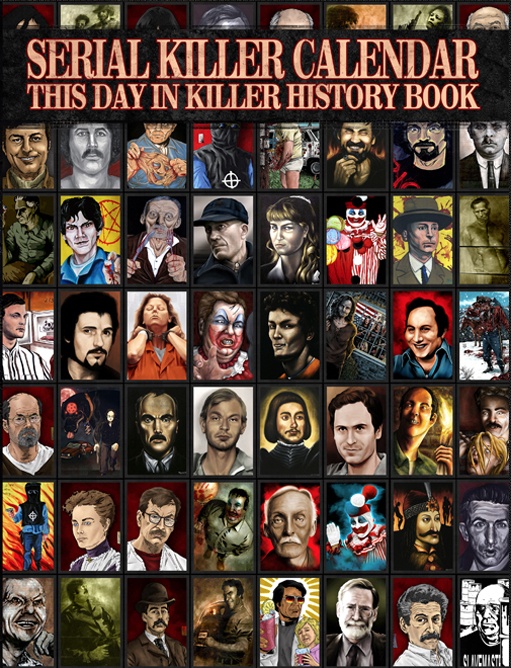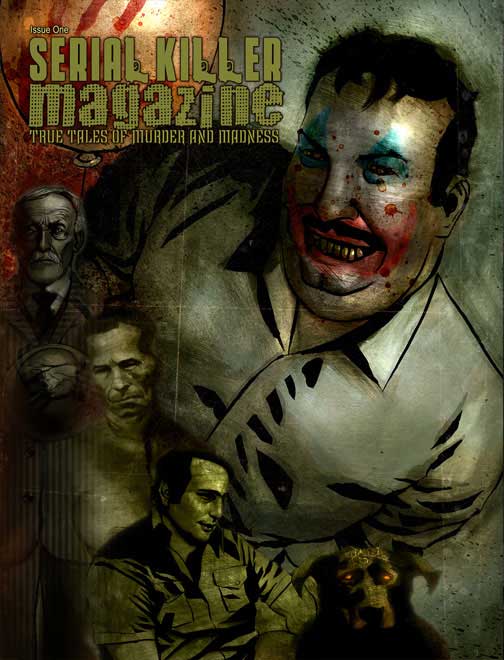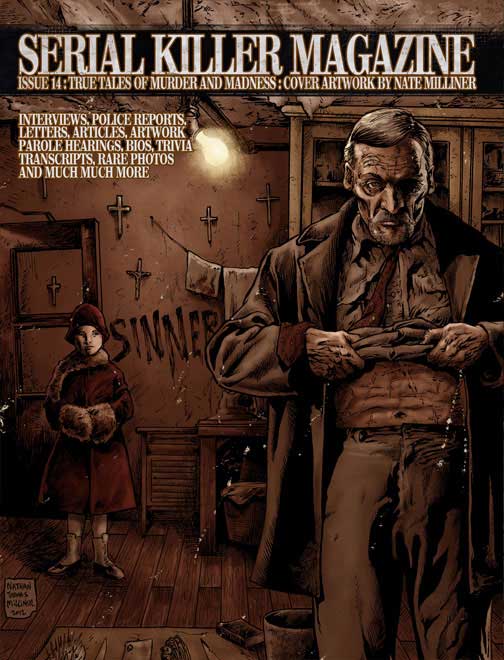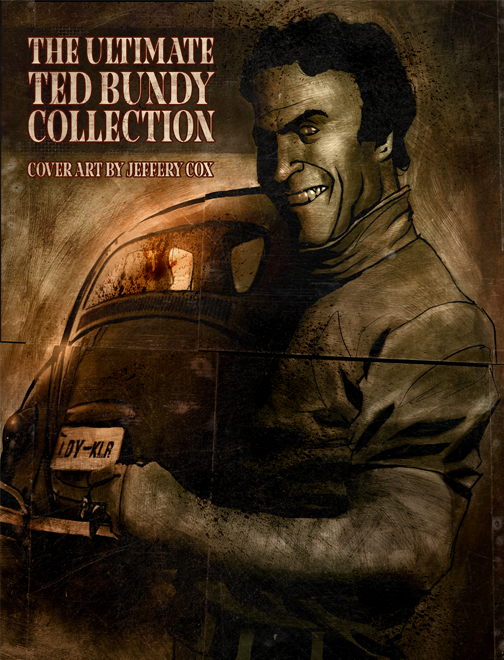CHILD MURDER
The murder of children is considered a particularly abhorrent crime in most societies; they are perceived within their communities and the state at large as being vulnerable, and therefore especially susceptible to abduction and murder. The protection of children from abuse and possible death often involves disturbing the child's family structure, as tenuous as this may be.
By family members vs. by strangers
Most murderers of children are relatives, acquaintances or caretakers. Younger children (aged 13 and under) are more likely to be murdered by a relative while older children (aged 14-17) are killed most often by acquaintances, which would include guardians, caretakers, etc.
Children have been sacrificed ritualistically in Incan ceremonies and in a few other locations, but it is not a universally sanctioned practice by any means.
In modern times, the killing of children is often closely related to instances of prolonged periods of child abuse. Some victims are murdered by parents as part of a murder-suicide. Parents sometimes begin administering corporal punishment that quickly escalates into severe abuse and occasionally murder, as, for example, in the Victoria Climbié case which occurred in London.
A number of murderers of children are pedophiles who commit lust murder or kill to cover up their other crimes. These latter cases are more notorious, although killings by family members are more common.
There have been a number of moral panics related to child murder, of which the most notable is the satanic ritual abuse phenomenon, where reports of organized killings of large numbers of children by satanic gangs have failed to be corroborated in spite of decades of investigation.
These moral panics have tended to obscure those rare cases where actual pedophile gangs have acted to prey upon children.
Several cases of exorcism carried out by family members or religious groups have resulted in the murders of children.
By other children
In most countries, there are very few cases where children are killed by other young children. According to the U.S. Department of Justice statistics for 1996,[1] one in five murders of children are committed by other children. Several murders by children have gained prominent media exposure. One was the killing on February 12, 1993 of the almost three-year-old boy James Bulger by two ten-year-old boys in Liverpool, England, UK. He was beaten and stoned to death before his body was left on the train tracks to make it look like a train hit him. Also, in 1968 in Newcastle upon Tyne, England there was the trial of 10-year old Mary Bell. She was convicted of manslaughter due to diminished responsibility in the deaths of toddlers Martin Brown and Brian Howe. She was released in 1980 at the age of 23.
Although the United States certainly has an unusually high number of killings of children by other children, it is most often the case that the perpetrators and victims are teenagers, rather than young children. In many such cases, the youthful perpetrator is tried as an adult for their crime.
In 1992, after the fatal shooting of 7-year-old Dantrell Davis as he left the Cabrini-Green public housing project for school, the Chicago Tribune put every child murder on the front page (generally no murders were front page news). 62 child murders were reported that year.
Multiple deaths in one incident, such as the 1999 Columbine High School massacre tend to gather the most media attention but are statistically scarce.
In 1999, twelve-year-old Lionel Tate murdered his six-year-old playmate Tiffany Eunick while demonstrating a wrestling move.
In 2000, 6-year-old Dedrick Owens brought a gun to his elementary school and shot his classmate Kayla Rolland after shouting "I don't like you!" at her. The shooting became a prominent example in Michael Moore's Bowling for Columbine documentary.
In 2004, an 11-year-old Japanese school girl known only as Nevada-tan was charged with murdering her classmate Satomi Mitarai by slitting Mitarai's throat and arms with a box-cutter at their elementary school in Sasebo, Japan
In 2006, on March 1 14-year-old Michael Hamer murdered 11-year-old Joe Geeling in a frenzied killing after Joe spurned his sexual advances. He was found guilty on 16 October 2006 and was sentenced to 15 years imprisonment with elgibility of parole.
Genocide and child soldiers
The military use of children refers to children being placed in harm's way in military actions, in order to protect a location or provide propaganda. This is sometimes referred to as child sacrifice, though not equivalent to the religious variety. It may also refer to the use of children as child soldiers or saboteurs.
Red Hand Day on February 12 is an annual commemoration day to draw public attention to the practice of using children as soldiers in wars and armed conflicts.
Child Executions
The juvenile death penalty has been abolished in most countries, though many countries still continue to execute under 18's even though it is prohibited by the United Nations Convention on the Rights of the Child.
Muti killings
Muti is a murderous practice of human sacrifice and mutilation associated with some traditional cultural practices, such as Sangoma, in South Africa. Victims of muti killings are often children. An unknown child (referred to as Adam), whose decapitated torso was found in the River Thames in London in 2001 is believed to have been the victim of a muti killing.













